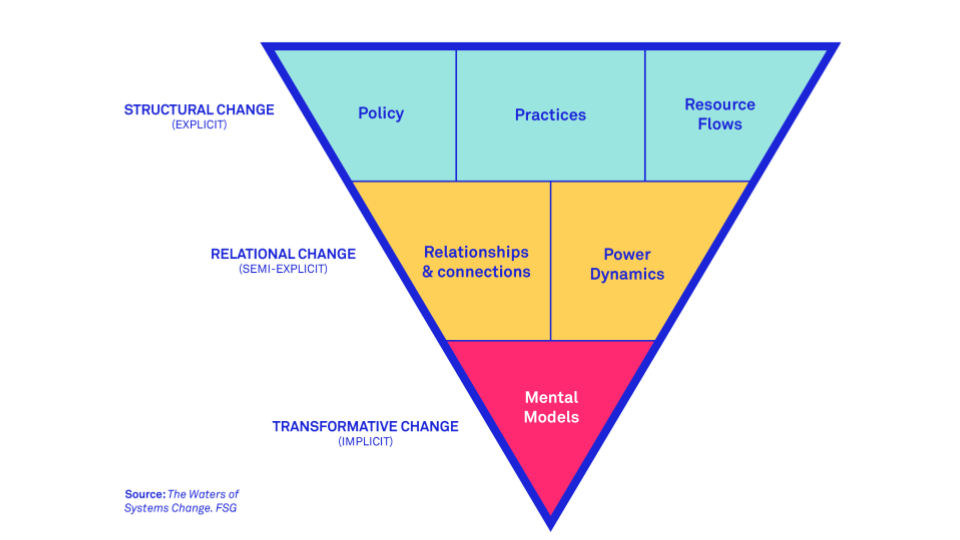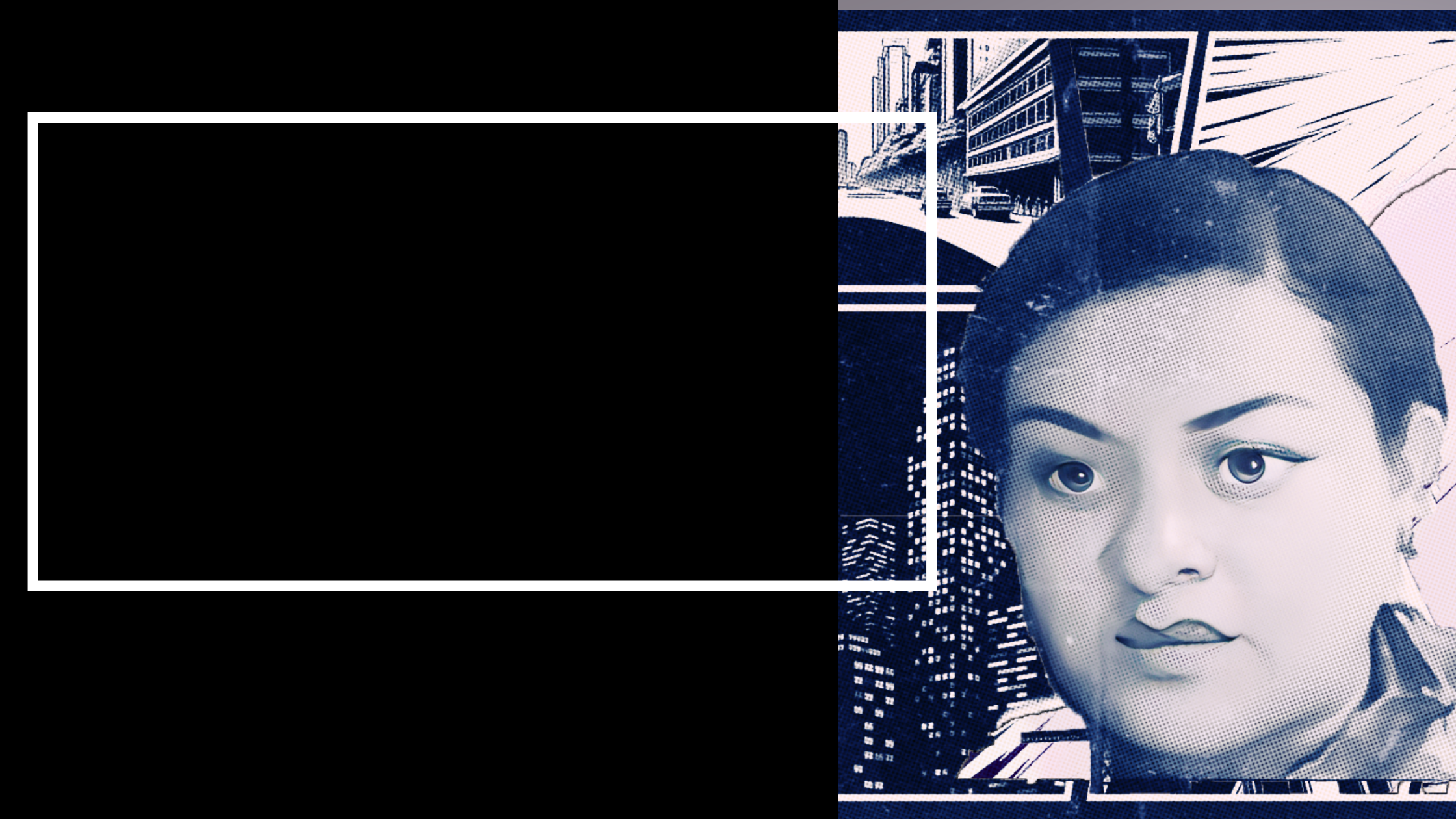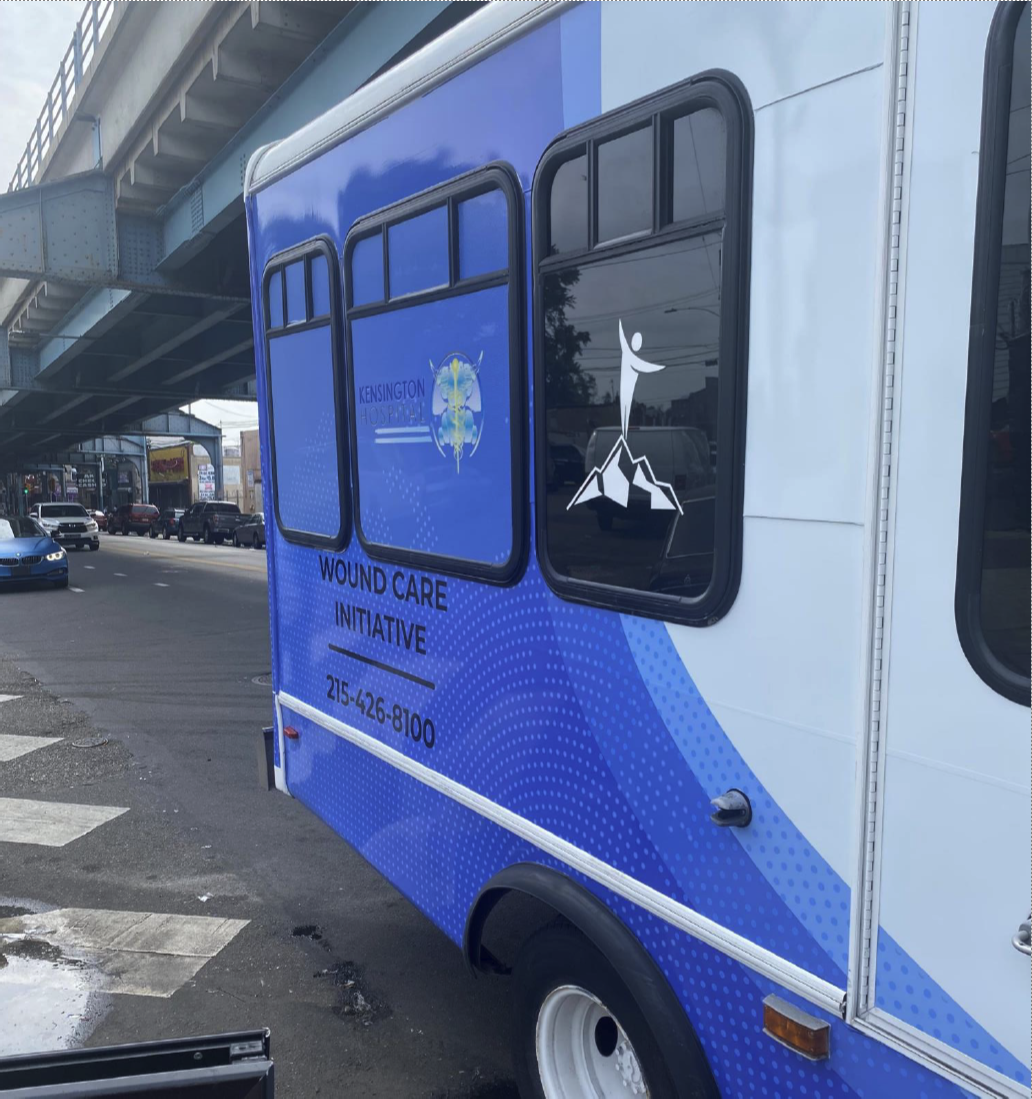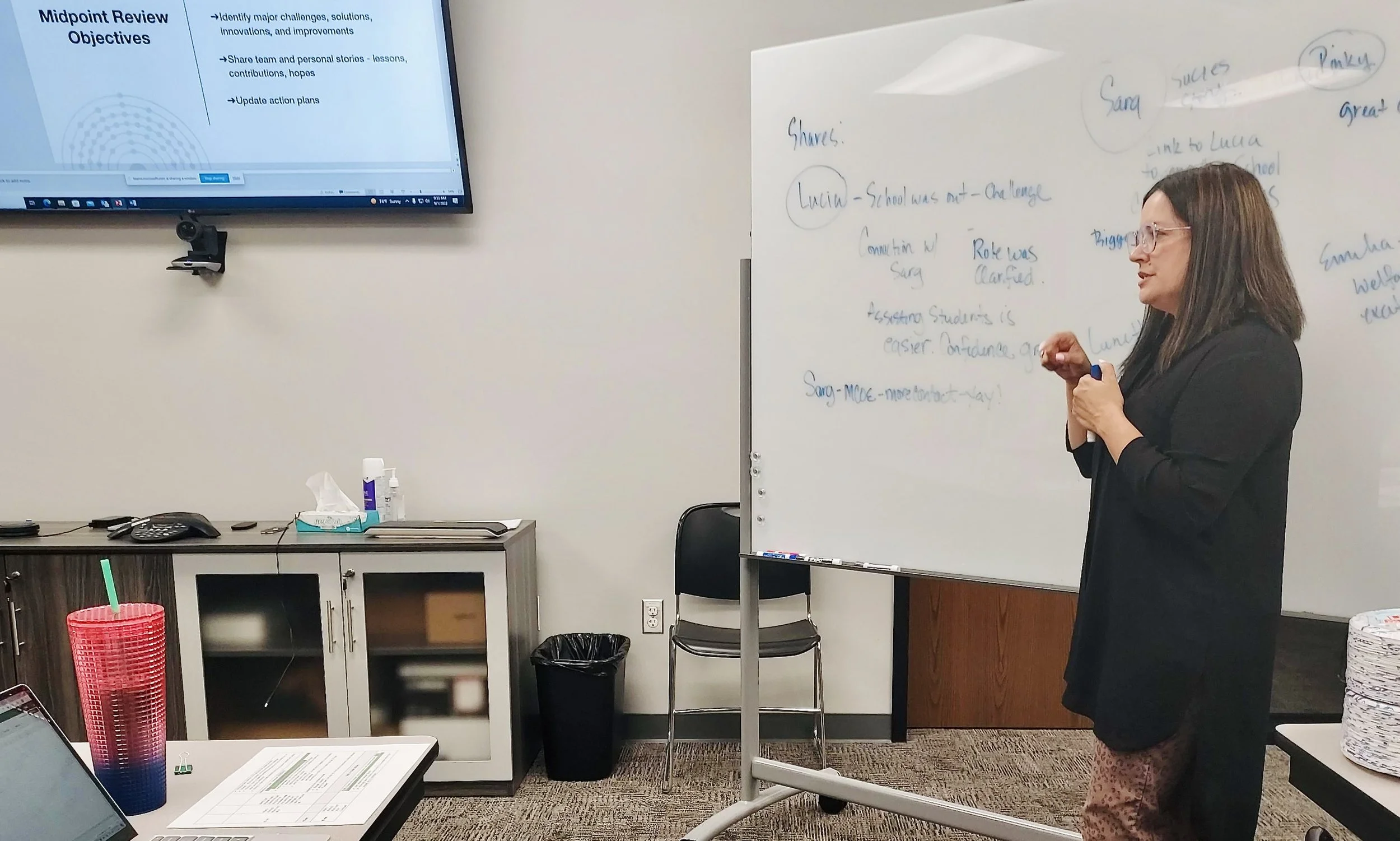Systems Transformation and the 100-Day Challenge
At RE!NSTITUTE®, we catalyze systems change through our 100-Day ChallengeTM methodology. What do we mean by this?
We have been doing more work to understand how exactly our approach works to transform systems through outstanding results and how the innovations generated in 100 Days create the right kinds of building blocks for systems transformation.
To start with some key definitions when considering a "system."
We look at the different organizations, processes, and people interconnected around the issue. Through our 100-Day Challenge methodology, communities themselves define the system they are working in and on in relation to the areas they are trying to improve. RE!NSTITUTE defines systems transformation as being about altering the underlying structures and supporting mechanisms that make the system work in a particular way.
What does that look like in practice? How do we know that we catalyze systems transformation? To understand this more deeply, we need to look at a system's building blocks and what happens to those during a 100-Day Challenge.
During a 100-Day Challenge, our teams are supported by RE!NSTITUTE Catalysts to unpick how their system works, to understand what elements are creating difficulties or opportunities, and then to try out new ideas to see if they can address those difficulties or build on those opportunities. With a clear, quantitative, time-bound goal in mind, the teams test and learn, trying new ideas and approaches, tracking results to identify progress against those new approaches, iterating again, and so on - for 100 days. The teams focus on results, on achieving their goal to improve outcomes for those who need it. And to achieve those results, they develop new ideas and approaches, which we define as innovations: a practice, process, or tool that is new for the local system, has been piloted or tested, and has produced positive results. These innovations can be a new process, a different way of working, or the introduction of a new structure or technology. The innovations our Challenge teams recognize as instrumental in achieving their goals are wide-ranging.
And interestingly, when we talk to communities many months after their Challenge has finished, we find that these innovations have, in the majority of cases, been sustained. Communities have kept these new approaches, processes, and ways of thinking and working in place because they have positively impacted their communities. They have also continued because they make working lives easier, are more equitable, or are shifting power structures within systems. They have shifted how a system works and how it performs.
Examples of these innovations in the US Housing and Homeless sector include establishing case-conferencing, setting up peer-support centers, implementing a participant feedback system for service use, and a housing services roadmap. In our work with justice systems in Mexico, we see legislative reform, cross-system data sharing, resources redirected across systems, and new collaborations incorporating civil society and victims’ voices resulting in improved ways to process domestic violence cases. These are new approaches or sometimes the cementing of best practices.
As well as these practice-based innovations, our Challenge participants also recognize those less tangible innovations. They define innovations as also being changes in ways of working that mean that they are now collaborating better across silos, that decision-making powers have shifted more to the frontlines, that leadership is more open to innovation, and that people understand the roles and responsibilities of their colleagues in different organizations more than before.
So what does this tell us about systems transformation? Well, our communities report that their systems have been transformed, and when we spent some time analyzing how this is happening, what is clear is that the innovations that are created during the 100-Day Challenge are impacting not only at a structural level of a system, but also influencing relationships, power dynamics, and how people think about the work that they do.
We have found that these innovations map to the building blocks of systems originally identified in the Water of Systems Change model from FSG (2018: Kania, Kremer & Senge). In that model, the conditions that hold systemic problems in place are identified as being related to:
This model demonstrates so clearly that systems are upheld by conditions that relate not just to structures but also to relationships and ways of thinking. The conditions at the top of this pyramid, namely policies, practices and resource flows, are structural. They can be relatively easily identified and changed. At the next level down, the focus is on relational change, requiring recognition of the place of people within a system, how they interact and the roles they play in upholding how a system works. Shifting these conditions is more complex, but changes here have a more significant impact in terms of creating widespread, sustainable change within a system, as relationships and power dynamics uphold how policies, practice and resources are created and play out within a system.
Finally, to create truly transformative change requires shifts at the lowest level of the inverted pyramid - within mental models. Here, it is hard to make change happen. Shifting how people think is difficult, but within mental models, perceptions are born that uphold a system and the problems and injustices within that system. In considering how to create equitable systems, in particular, mental models are where the sticking place is most likely to be found. When shifts are made to disrupt mental models positively, the foundations of how a system operates and performs are changed.
So, using this model in practice, we have mapped the innovations emerging from our Challenges to the different blocks in this pyramid and found innovations from all different levels, some of which hit more than one layer simultaneously. An example of this could be a housing and homelessness system putting a landlord recruitment fair in place to increase the number of landlords connecting with homeless services. While the recruitment fair is a structure that is shifting how things work within a system, there are also shifts in relationships and potentially also in mental models. The recruitment fair is a shift in practice, a new process that is put in place to engage landlords. However, in setting up the fair, the team will work across organizations within the system to engage various services in running the event. Relationships are built, and collaboration becomes central. The event brings people together, building relationships between services and landlords and helping people understand each other's perspective better - shifting some of those mental models which hinder landlord engagement in renting to people experiencing homelessness.
This model has helped us understand how change is happening within our 100-Day Challenges and track those shifts, and it has also influenced how we coach. What we want to see in our Challenges is the development of innovations that tick as many boxes as possible and that always dig deeper than structural shifts to put relational and mental model shifts in place too. We can map the emerging innovations against the systems change pyramid through our MEL practice to understand how systems transformation has happened. However, we can also coach against this model, supporting our teams to think beyond structural innovations to consider the importance of relational and mindset shifts to create truly transformational change.
Learning more about what happens during and after our 100-Day Challenge and truly mapping how our Challenges produce innovations that are building blocks for systems transformation, has been vital learning we are now putting into practice. We are developing our own methodology further to ensure that we focus on optimising systems transformation opportunities during the Challenges. We are also building on our learning to develop ways of supporting communities after the 100 Days to expand the impact of the transformative work they start during the 100 Days.



















